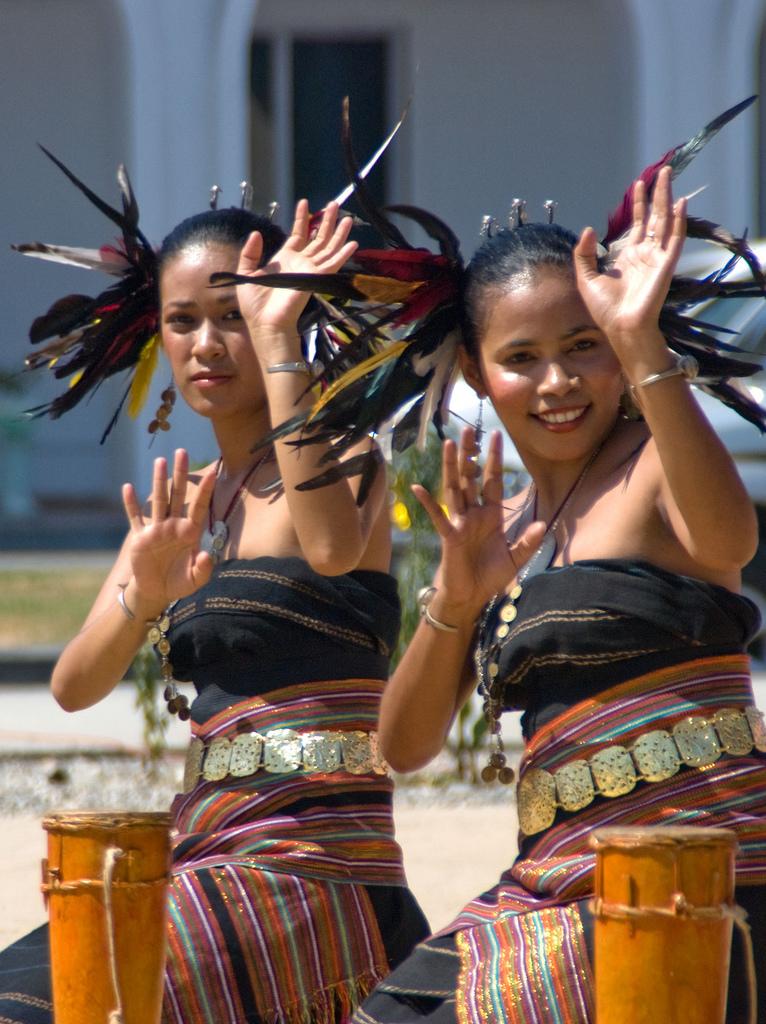
Welcome to the first edition of Kaffeeklatsch: a blog post about our seasonal coffees of the month and the places they come from as well as the history of coffee. I love roasting for Nate’s Coffee and recently have been able to select choice beans to experiment with. When selecting a coffee for purchase, I like to do some research on the quality and expected flavors of the bean, as well as the place where it was grown. Sometimes in this research I discover fascinating information about the region and the people who live there. Now when I drink a cup of Nate’s Coffee I feel a deeper connection to its origins and the people who had a hand in getting it to us and from us to YOU! These blogs are my way of hopefully giving you that same connection. For our first edition, I decided to highlight the coffee industry of Timor-Leste.
Have you heard of Timor-Leste?

This month at Nate’s Coffee, we are roasting up a Fair-Trade bean from the small country of Timor-Leste, located in Southeast Asia. This choice was influenced by our very own Bean Maven, Trish Murphy, who wrote her master’s thesis on the coffee industry of Timor-Leste. The Democratic Republic of Timor-Leste (Timor) is the only Asian Country located entirely in the Southern Hemisphere. Tucked in between Indonesia and Australia, the climate of Timor is tropical, hot, and humid, with the seasons being divided between dry and wet. These are perfect conditions for growing coffee, especially in the high mountainous regions with their rich volcanic soil.
In the beginning, Timor was mainly known for their production of Sandalwood which could be found on the trade routes of China. This changed when the Portuguese colonized in the 1500s, bringing coffee trees to the region. Because of this coffee soon became the major industry of Timor-Leste, employing over half of the Timor population. This continued until 1975 when the Indonesian army invaded and took control of Timor. This was a dark time for the people of Timor, with many abandoning their homes and fleeing. Because of this exodus, most of the coffee farms were also abandoned, leaving the coffee plants to grow wild and take over. This would lead to something incredible however.
Kafe Inan
These overgrown coffee farms were somehow able to produce a special new variety – the Kafe Inan or “mother coffee.” This rare plant was a hybrid of the two most common varieties of coffee: Arabica, a variety high in quality and flavor and Robusta, a hardy and disease-resistant variety. This one natural cultivar proliferated and is now known as the Hibrido de Timor, or the “TimTim,” variety. These plants produce coffee that is both flavorful and resistant to the disease known as coffee rust, giving them an incredibly important role in the future of coffee in an age of rampant climate change.
Coffee Workers in Timor-Leste
Although TimTim coffee is very meaningful for the future of coffee, it is even more important to the people of Timor. In 2002, Timor-Leste finally received sovereignty. This spurred the return of over 200,000 refugees and the return to many of the abandoned coffee farms. Once again the coffee industry boomed in Timor, employing a majority of the population. They generate over 9,000 tonnes of coffee a year, accounting for a majority of their exports.

Even so, there are large disparities between those working in the industry. Some coffee farmers don’t have the capability to process their coffee cherries, and they sell “from the parchment,” meaning they sell the whole cherry unprocessed. This means that they cannot get as much money for their product and they can only sell their coffee directly after harvest. Some farmers, however, have begun to process their own beans meaning they can sell them year-round and have a more stabilized income. Such independence depends on access to specialized, expensive equipment and agricultural education. There have been new co-ops forming in Timor dedicated to training farmers, giving access to this machinery and helping create farm to roaster connections.
Our TimTim Roast
Here at Nate’s we took our “TimTim” beans and made them into a pure medium roast. Our Timor-Leste roast is the perfect combination of savory and sweet notes. It initially bursts onto your palate but finishes with the earthy and sweet smoothness of true molasses on sourdough bread. The Timor-Leste roast is ideal for brunch or a mid-morning pick-me-up! Try it at natescoffee.com or our shop at 125 Cheapside.
References:
Oxfan. “Overview of the Coffee Sector in Timor-Leste.” Jan. 2003, http://www.google.com/search?q=cache:qef5C-TYoywJ:www.oxfamgb.org/eastasia/documents/coffeetimore.doc+%22east+timor%22+coffee&hl=en&ie=UTF-8.
“File:East timor coffee.jpg.” Wikimedia Commons, the free media repository. 26 Dec 2019, 05:47 UTC. 11 Mar 2020, 13:12 <https://commons.wikimedia.org/w/index.php?title=File:East_timor_coffee.jpg&oldid=383209367>.
“File:District Ermera, Subdistrict Letefoho, Suco Goulolo. Coffee being processed.jpg.” Wikimedia Commons, the free media repository. 2 Jan 2018, 09:16 UTC. 11 Mar 2020, 13:14 <https://commons.wikimedia.org/w/index.php?title=File:District_Ermera,_Subdistrict_Letefoho,_Suco_Goulolo._Coffee_being_processed.jpg&oldid=276071843>.
“File:Timorese Dancers.jpg.” Wikimedia Commons, the free media repository. 1 Aug 2019, 06:58 UTC. 11 Mar 2020, 17:48 <https://commons.wikimedia.org/w/index.php?title=File:Timorese_Dancers.jpg&oldid=360179549>.

